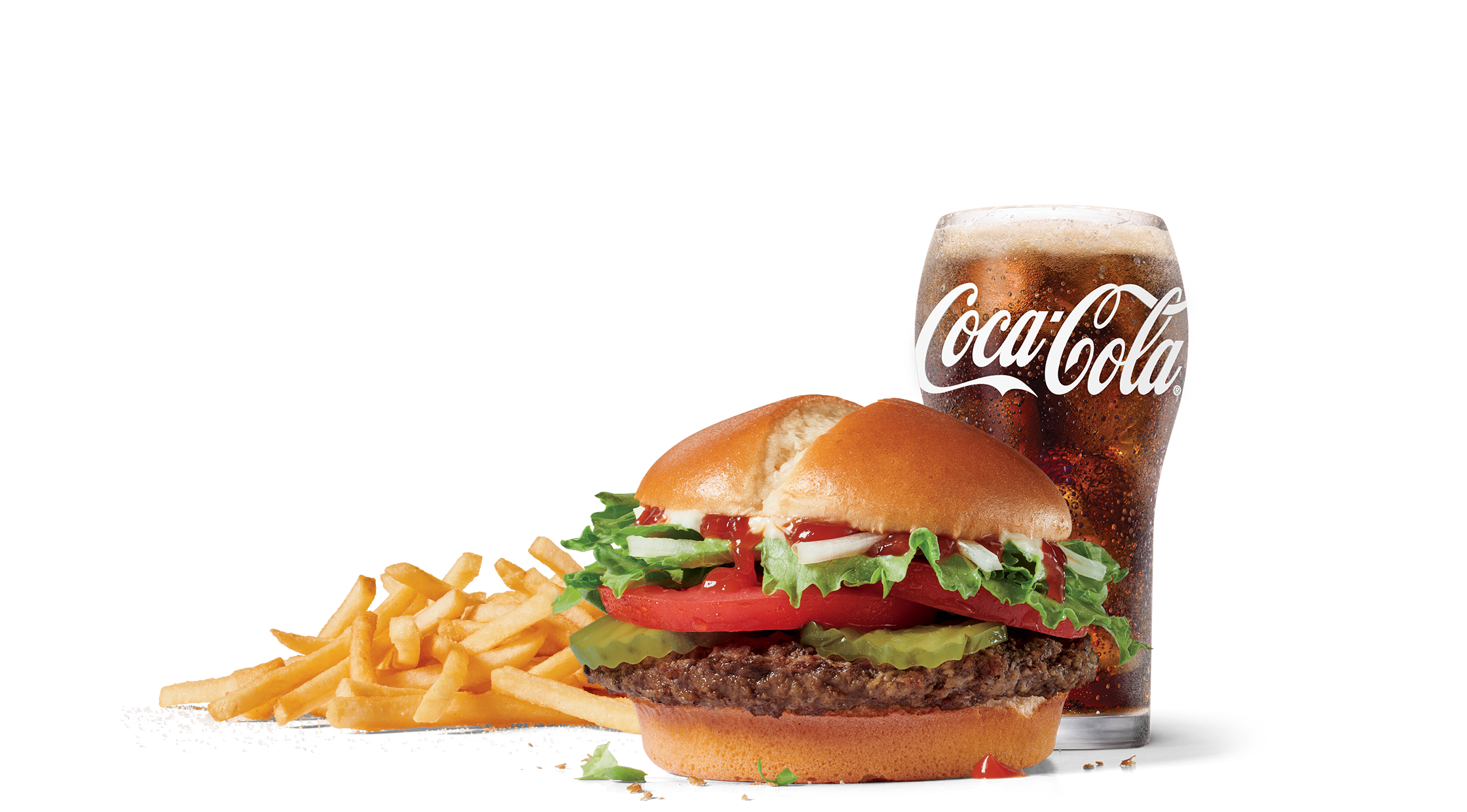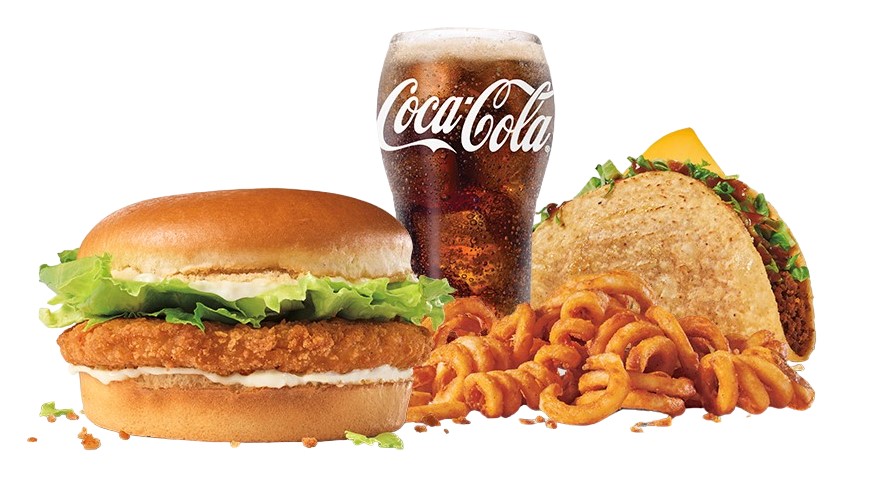Optimizing Operations and Strategic Growth: A Deep Dive into Jack in the Box's Restructuring Plan
Explore how Jack in the Box is optimizing operations, enhancing growth strategies, and securing franchise deals to navigate through challenging times.


Strategic Closure of Stores for Future Growth
Jack in the Box's decision to close a substantial number of stores, many of which have been in their system for over 30 years, is a strategic move aimed at paving the way for future unit growth. By consolidating their operations and optimizing store locations, the company is streamlining its resources to focus on more profitable ventures. This restructuring aligns with the company's vision of delivering consistent and positive net unit growth in the coming years.
Adapting Development Strategies
While trimming spending on company-owned restaurant development may appear as a setback, Jack in the Box is adapting its development strategies to prioritize existing restaurant updates over new openings. This shift in focus indicates a commitment to enhancing customer experience and operational efficiency in established locations before embarking on new expansions. It showcases a prudent approach to sustaining growth and ensuring long-term success.
Navigating Expansion Challenges
The decision to pull back on expansion plans following the store closures underscores the brand's responsiveness to market conditions and financial considerations. Despite this adjustment, Jack in the Box remains resilient and forward-thinking. By strategically reevaluating their expansion initiatives and focusing on emerging markets that offer whitespace opportunities, the company aims to lay a foundation for sustainable growth in the future.

Securing Franchise Deals for Growth
Jack in the Box's success in securing major franchisee deals highlights the effectiveness of its franchising program relaunch. By partnering with franchisees for multi-market expansions, the company is leveraging external resources and expertise to drive growth and market penetration. These franchise agreements not only expand the brand's footprint but also distribute operational responsibilities, allowing Jack in the Box to concentrate on core strategies and innovations.
Real Estate Optimization and Financial Strategy
In a bid to strengthen its financial position, Jack in the Box is selling off unspecified real estate holdings to improve cash flow and reduce debt. This strategic move aims to enhance liquidity and create additional room for investment in key growth areas. By optimizing its real estate portfolio, the company is bolstering its financial resilience and ensuring a more sustainable financial structure for future endeavors.

Performance Evaluation and Resilience
The disclosure of a drop in same-store sales for Jack in the Box and Del Taco underscores the challenging operating environment faced by the company. Despite these hurdles, Jack in the Box's proactive measures, including store closures and operational adjustments, demonstrate resilience and adaptability in the face of adversity. The company's ability to assess performance transparently and make strategic decisions reflects its commitment to long-term success and sustainability.